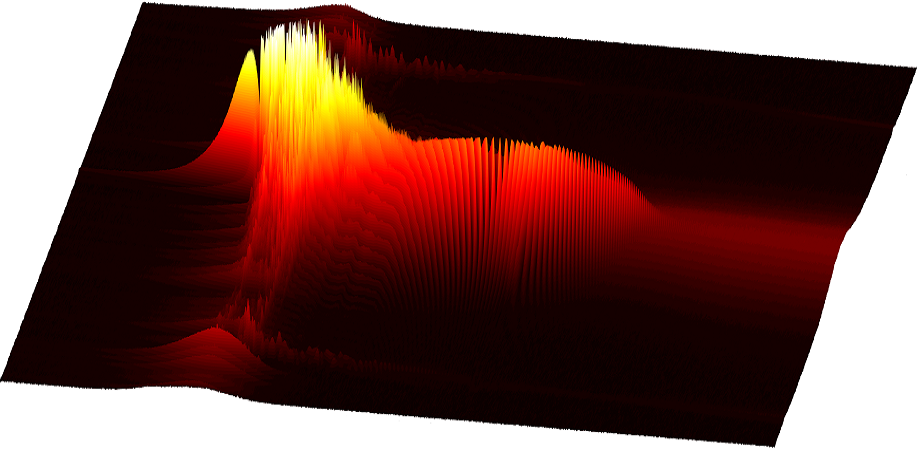Spectroscopy Technique Provides New Insight into Ultrafast Transient Dynamics

Mode locking is a technique that locks a large number of longitudinal modes together to produce ultrafast pulses. Mode-locked lasers have enabled some of the most precise measurements. Passively mode-locked fiber lasers have widespread applications in the fields of fiber telecommunications, optical sensing, metrology, and microscopy, because of their compact and low-cost configuration as well as excellent features of high stability and low noise. Mode-locked fiber laser is also an ideal platform for researchers to explore nonlinear optical phenomena.
The starting dynamics of mode-locked lasers have been investigated experimentally and theoretically since 1990s, but the spectral dynamics during the build-up of pulse lasers has not been measured directly. The transient non-repetitive processes cannot be measured by conventional technologies due to the speed limitation of electronic devices. Real-time spectroscopy based on an emerging time-stretch dispersive Fourier transform (TS-DFT) technique can map the spectral information of optical waves into the temporal domain, thus opening several fascinating explorations of nonlinear dynamics in mode-locked lasers.
The TS-DFT technique provides a powerful way to obtain real-time, single-shot measurements of ultrafast phenomena. By using such technique, Herink et al. observed the internal dynamics of soliton molecules and resolved the build-up of solitons in mode-locked lasers. They demonstrated the process from transient to stable bound states. However, the entire build-up dynamics of solitons in mode-locked lasers had not yet been observed directly until now...
Recently, researchers at Zhejiang University demonstrated the first observation of the entire build-up process of solitons in a mode-locked laser, revealing two possible ways to generate the solitons. One way includes the dynamics of raised relaxation oscillation, quasi mode-locking stage, spectral beating behavior, and finally the stable single-soliton mode-locking. The other way involves, however, an extra transient bound-state stage before the final single-pulse mode-locking operation.

Conceptual representation of the entire build-up process of solitons in a mode-locked laser in temporal and spectral domains. The stages include raised relaxation oscillation, quasi mode-locking stage, spectral beating dynamics, transient bound-state stage, and stable mode-locking.
These findings provide new perspectives into the ultrafast transient dynamics. This spectroscopy technique is expected to provide new insight into laser design and applications, as well as a wider class of phenomena in complex nonlinear systems.
Read the original research article in the open-access journal Advanced Photonics. X. Liu and Y. Cui, "Revealing the behavior of soliton buildup in a mode-locked laser," Adv. Photonics 1(1), 016003 (2019).
| Enjoy this article? Subscribe to SPIE Journal Newsletters |
|



